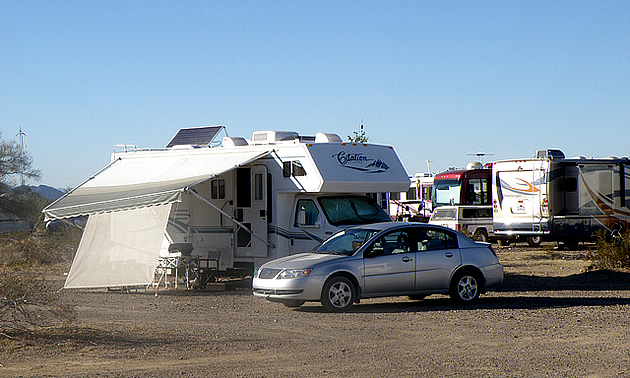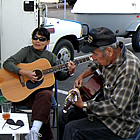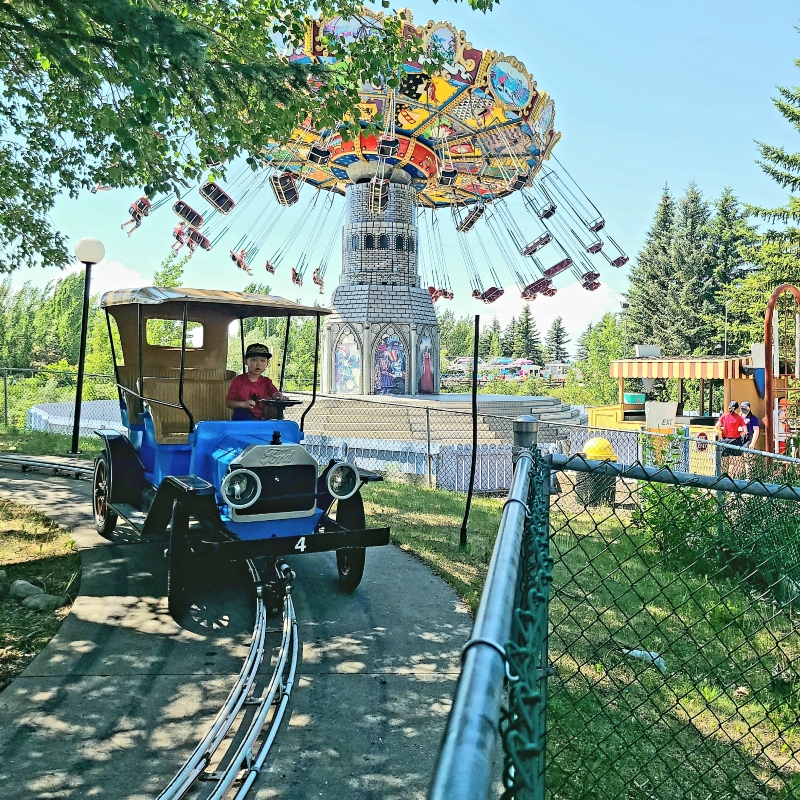Going solar—harnessing the power of the sun
The pros and cons of this eco-friendly power source

This will be our second year snowbirding in a motorhome and staying in RV parks. We want to explore places that may not have services so we will be boondocking. We need some sort of alternate power system; we are considering solar but are not sure. What do you think we would need? - G.S.
Good question, G.S. We spend much of our snowbirding time boondocking and have solid experience with alternate power systems, including solar. There is a lot to be said about using solar for your alternate power source, but there are also some drawbacks.
The good and the not-so-good
Most solar power users will tell you they use solar because:
- It is quiet and you don’t have to carry or deal with a generator or gas
- It broadens your options to travel and explore
- You can park wherever the sun shines without worrying about plugging in or finding a place to buy gas!
- There is little or no maintenance
- You stay friends with your neighbours
They don’t tell you about:
- The rainy or cloudy days when the batteries are hardly charging at all, or those times when you want to watch a movie or long television show and the batteries die
- Not being able to park under the shade trees
- Not charging because the sun is too low on the horizon
- The cost of setting up the initial system
What will you need?
Of course, the first thing you need is the solar panel(s). These can be anything from small panels—like the lawn lights that collect power during the day and light the way to your door at night—to an elaborate array of panels that will charge a dozen batteries and power your entire rig over an extended period of time.
What size solar panel(s) will you need? Now, that is a difficult question. You generally use more electricity than you think you do. Things we don’t think about are the "phantom loads"—the amount of current used by the refrigerator even when it is on LP, the CO2 detector, the LP detectors, the power monitors, the memory in the radio, etc. How much television do you watch? How much do you use your computer? Do you use a hair dryer, a microwave?
At the best, this is a "guestimate" but a good place to start is to become aware of the power that you use as you spend time in your RV.
When we first started travelling, we bought our fifth-wheel with the solar system already installed. The panel was 75 watts and sat flat on the roof of the trailer with one regular 12-volt battery. In those days, if one cell of the panel was shadowed, the whole system stopped working. With this system, on a sunny day, we could power the computer and had no problem having lights all evening, but our television watching was severely curtailed.
Our second system has a panel that will still function even when a cell is shadowed. We now have transitioned to a 120-watt panel and two six-volt golf batteries (we would have more if we had space for them). We have cut back on the number of lights we use, changed many of our lights to LCD and changed our schedules to accommodate the sun.
On a regular sun day, Fred can make bread in the bread machine, I can work on the computer as long as I would like, we can listen to music or the radio and watch television and have lights on all evening.
The inverter
The Size and type of the inverter you need, again, depends on the size of your system and how much power you use.
Check out Mac and Chris's blog, they do a good job of explaining. Our inverter is comparable to the Eliminator 2000W Inverter. We have wired in a separate switch and receptor for our solar power system (a Canadian Tire product).
Batteries
Any coach or trailer batteries need to be true deep-cycle batteries to accommodate the frequent charging and discharging that happens again and again. The three basic types are: Lead acid flooded cell (most widely used), gel cell (tend to be slow and touchy) and absorbed glass mat (AGM) (these are good and do not need to be vented, but are very expensive).
The size and number of batteries, again, depends on the amount of power you need to generate and the amount of space you have available for storage. Veteran alternate power users generally use two six-volt instead of 12-volt deep-cycle batteries. They claim that they tend to last longer because of the heavier cell plates, while still producing the same amount of amperage.
It is my humble opinion that the batteries are the hub of the system. No matter how much solar energy you can absorb, if you can’t store enough power, you will not have a successful venture.
Things we have learned
If necessity is the mother of invention then experience is the father of adaptation. Some of the things we have learned to use our system more effectively:
- Turn off and unplug things when they are not being used
- Use LCD lights
- Utilize the power when you have it . . . we use the bread machine at the height of the day when the batteries are fully charged
- Park in a north-south orientation to take advantage of the movement of the sun
- We tilt our solar panel to accommodate the low sun during the short days of winter
For us, the joy of the boondocking experience is worth any sacrifice we make with the solar power.








